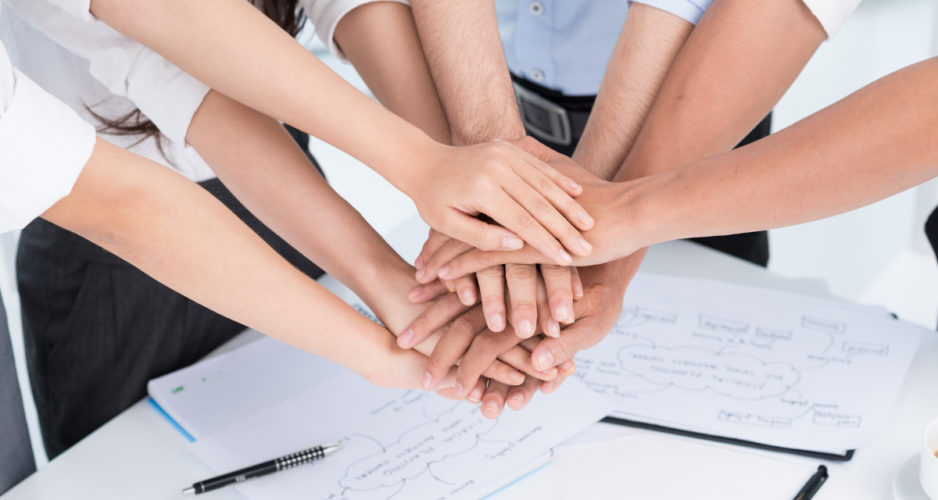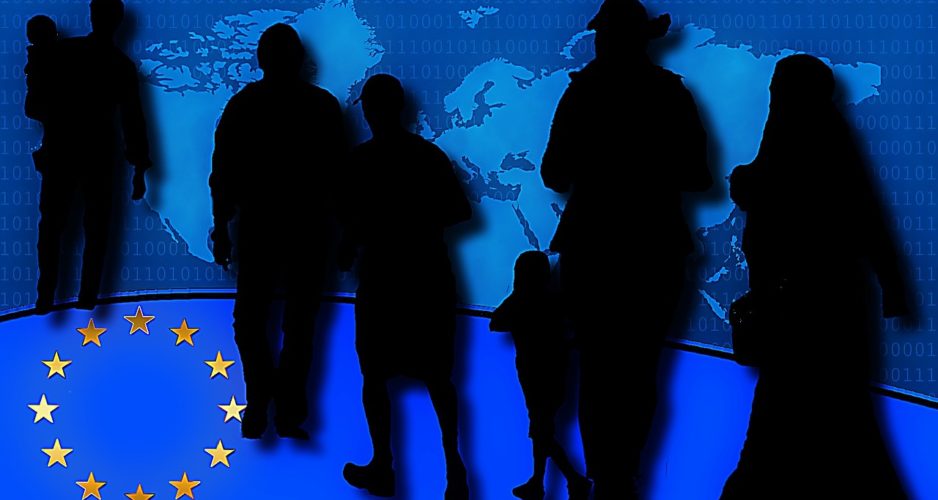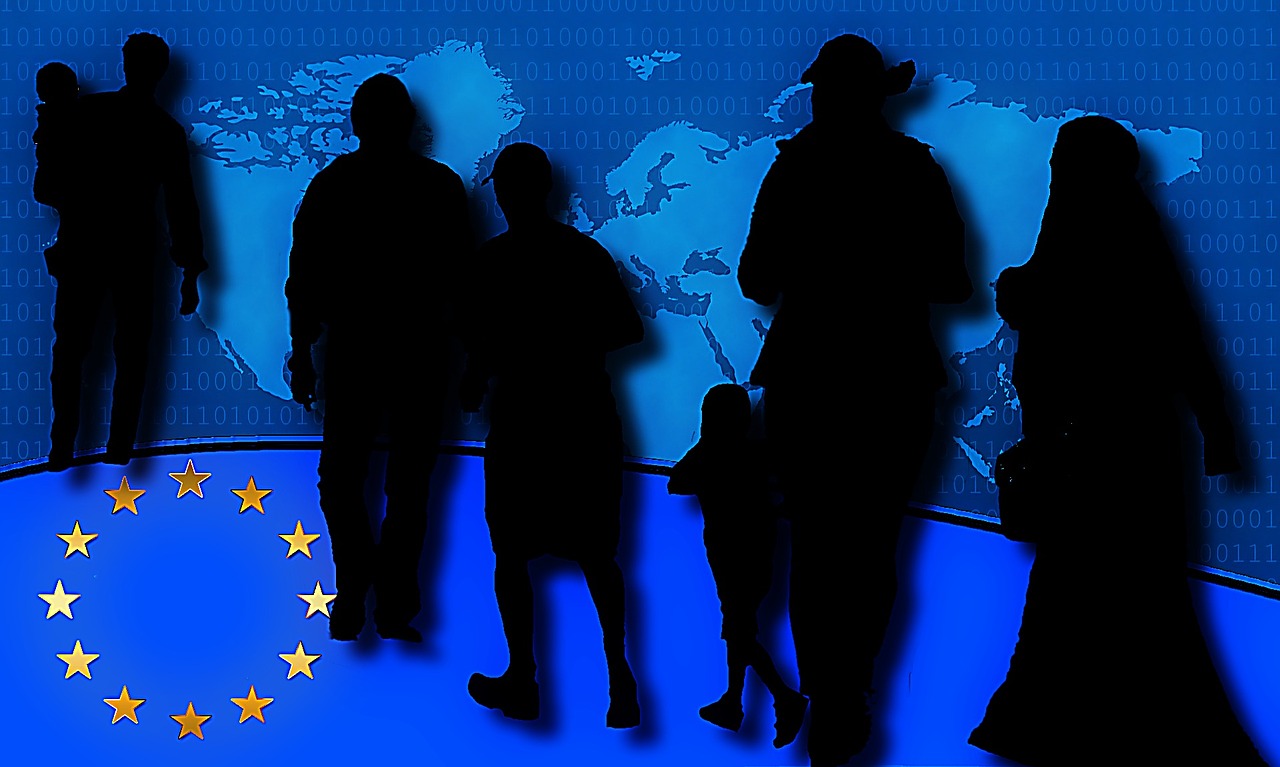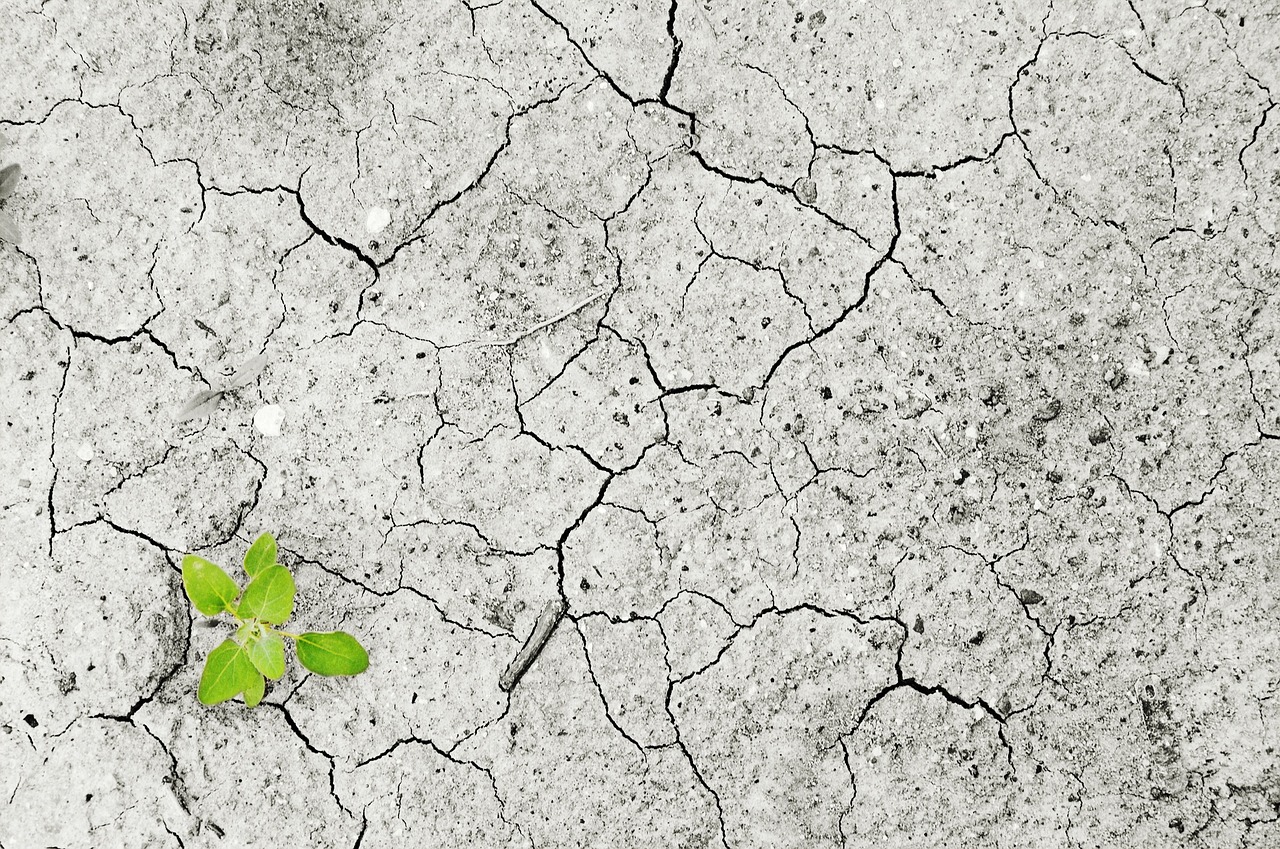Economic historians tell us that, in the beginning, people used the tools and consume the products they could produce. In due time, society evolved, and trade became the primary source of acquiring products for the daily life: the shepherd would exchange his wool for the farmer’s oil, so that they could both eat and keep warm. Up until the 19th century, this was the golden rule of the market and most companies would try to manufacture what it took to provide products or services to customers in-house. However, the 20th century brought massive changes that altered our ancestors’ perspective on outsourcing.
Outsourcing is what happens when a company buys their means of production from other companies. The consequence is economic and productive interdependence. Today more than ever, companies rely on a network system to provide goods and services to their customers. It is often stated that social media connects everybody everywhere; more and more, however, economic necessity brings us closer than anything else. However, what is the link with education?
Truth is, economic interdependence seems to have reflected upon it: more and more we need our colleagues’ help in performing tasks we do not excel at in order to ensure that our deliverable is the best possible. Team work is no longer a desirable quality on an employee: it’s a necessity. And the best known way to improve youngsters’ behaviour as a team is through group projects. The aim of this essay is not to argue whether group projects are beneficial for students, but trying to understand how these groups should be constructed in order to excel their performance.
In any school, the act of learning can be structured under three different goals: in a competitive learning structure, students compete against each other, their goal being to stand out when compared to everyone else; opposing to some extent, in an individual learning structure, students set out goals for themselves unrelated to those of their peers; contrasting both these structures, we find a cooperative one, where students work together to achieve common goals. Group projects fit into this last category. However the simple act of joining two (or more) students will not result in automatic successful group work (Johnson, Johnson & Smith, 2014). There are conditions that need to be filled in order to accomplish true cooperation. According to the authors, these conditions are positive interdependence, individual accountability, promotive interaction, social skills, and group processing (Pennsylvania State University).
Positive interdependence means that all members share a sense of personal responsibility for the success of the group and realize that their individual success depends on the group’s success. Johnson, Johnson, and Smith (2014) argue that this type of cooperative learning tends to result in learners promoting each other’s success. One way to accomplish positive interdependence is to divide the work into small parts and assign each of them to a student so that every member of the group takes part in the final work. This is called the Jigsaw Method.
As to individual accountability, we can look at this requisite as a follow-up of the first. It means that each member of the group is assessed individually based on his share of the finished work. The goal of this feature is to impart responsibility in students by making them accountable for their actions. Once it is shouldered by all members of the group, individual accountability guaranties that every student commits to the team and the group does indeed become the sum of all its parts (Anderson, 2007).
In theory, this would ensure that everybody does their fair share of work. Instead, what we see happening in classes everyday are substantial gaps in group projects’ motivation caused by this division in tasks. More committed students present elaborated pieces of work while less motivated students show poor output. As a consequence, dedicated students feel less motivated to engage freely and open-mindedly in group projects, while less driven students feel even less motivated in face of their peer’s hostility. How to fix this raging problem?
According to an article by Yee (2013), a second-grade teacher explains that when she first started teaching, her classroom was a handful: her faster learning students would finish their assigned work very quickly, get bored of waiting for the other kids, and misbehave, while students who took longer to understand the subjects would feel frustrated for taking longer than the others, and act out. Trying to solve this problem, Mrs. Sears, the teacher, divided her class into smaller groups, according to each ones’ abilities. She would teach the same material using different approaches which, in her words, drastically decreased classroom problems.
Dividing a classroom in smaller groups according to individual abilities is one of the most controversial subjects that modern education has yet faced. During the ’80s and the ‘90s, a number of books, essays and studies were published ensuring that this division did more harm than good. This idea was based on the assumption that teachers would focus more on higher achieving students than on those thought of as less able, not providing them with positive enough learning environments (Oakes, 1985).
Nowadays, however, more and more published studies show that the opposite is also true. When divided in groups, less struggling students push each other into going further while not making their struggling peers feel inadequate. There are growing theories supporting this division, and most of them defend themselves against discrimination accusations by agreeing that these groups should be fluid and altered if need be.
And yet, mentality is, as history has taught us, the most difficult characteristic for a society to change. This means that, instead of dividing classes, most education theorists still stand for promotive interaction among the member of the group using their developing social skills and group processing, rather than their physical separation.
Promotive interaction is what happens when students share with the members of their group their knowledge, essentially through dialogue. According to Wong (2001), promotive interaction presents a number of opportunities for students to confront ideas, develop listening and understanding capacities and, most importantly, learn to accept criticism.
The fourth condition to successful cooperative learning are social skills, intimately connected to promotive interaction. Through debates, discussions and presentations, students will see their interpersonal relationships improve. According to Wong (2001), after being exposed to successful group projects, students registered positive growth in tolerance, ability to listen, respect for others, as well as in terms of decision-making. Communication and presentation skills have also been known to improve with resource to group projects.
Every once in a while, students should also objectively analyse their strengths and weaknesses inside the group and as a whole – group processing (Pennsylvania State University). This means that at some point in every group project some time must be taken to reflect upon what has been done, what has worked, what didn’t work and what can be improved. Through individual and collective feedback, students will then reflect upon their share of the work and set new goals, improved ones from which they will further develop their skills and abilities.
Once again, though, it all comes down to the co
mposition of the group. Conditions like promotive interaction, social skills and group processing weigh more personality-wise than positive interdependence or individual accountability. Children who are shy are less likely to actively engage in a peer discussion, even if they don’t agree with what is being said.
There are, of course, contradictory theories about extrovert versus introvert directed classes. In her book, Cain (2012) states that, as opposing to what happened in pre-20th century school, classes nowadays are structured as to prepare children for the competitive work world, forcing them into oral presentations and debates. While this may not be a problem to more extrovert children, she believes that this leads introverts to regard their personality as an obstacle to overcome, making them self-conscious and, therefore, even less open to class participation. The author then presents a solution to this problem based on the numerical composition of the group. Essentially, she suggests that instead of large groups, students should be paired. If there are just two people in a group, they will be forced to socialize, share ideas and communicate in such a way that they don’t feel pressured by their peers or their teachers (Cain, 2014).
Classrooms are not only a place where children learn but also their first sociologic secondary group. Nonetheless, it is primarily the place where children learn. According to the data gathered on the topics of positive interdependence and individual accountability, students should be grouped according to their abilities and achievements since, more often than not, disparities in abilities inside one same group can result in personal conflicts and demotivation of all involved.
As to the group’s composition, it results from the information that there is a link between the size of the group and the personalities of its members: if the groups are small in size (only two people, for example) then there should be a mix between extroverts and introverts, since they will both push each other into learning how to deal with different types of people; however, if the groups are bigger it would be best to separate extroverts and introverts, since, in big groups, introverts tend to shy away, and extroverts tend to forget about them.
Only through careful group organisation, commitment and effort from both teachers and students, will the latter enjoy taking part in school group projects and learn to appreciate team work, such a necessity in today’s highly technological and specialized world.
About the author

References:
1. Anderson, D. (2007). Up your business!: 7 steps to fix, build, or stretch your organization. Hoboken, NJ: John Wiley & Sons, Inc.;
2. Cain, S. (2012). Quiet: The power of introverts in a world that can’t stop talking. Crown Publishing Group;
3. Johnson, D. W., Johnson, R. T., & Smith, K. A. (2013). Cooperative learning: Improving university instruction by basing practice on validated theory. Journal on Excellence in College Teaching, 25(3-4), 85-118;
4. Oakes, J. (1985). Keeping track: How schools structure inequality. New Haven: Yale University Press;
5. Pennsylvania State University. Five basic elements of cooperative learning. Retrieved from http://tutorials.istudy.psu.edu/cooperativelearning/cooperativelearning4.html;
6. Teachnology. Does grouping students by ability work?. Retrieved from http://www.teach-nology.com/currenttrends/equity_excellence/tracking/;
7. Wong, T. T. S. (2001). Group work in science learning – International scenarios and implications for teaching and learning in Hong Kong. Asia-Pacific Forum on Science Learning and Teaching, 2(2);
8. Yee, V. (2013, June 9). Grouping students by ability regains favour in classroom. The New York Times. Retrieved from http://www.nytimes.com/2013/06/10/education/grouping-students-by-ability-regains-favor-with-educators.html.















